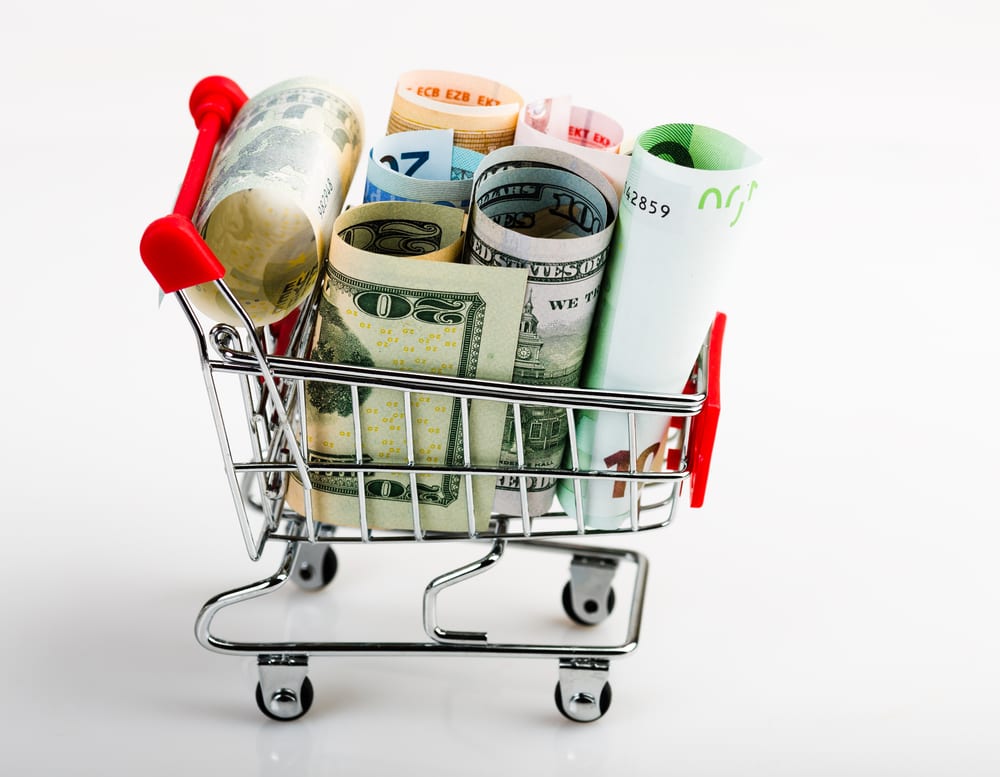Traditional cheques (or ‘checks’ for US readers) are not only old-fashioned, but they are a thing of the past. Technology changed the world of finance forever and introduced us to a modern, more comfortable way of payment – the electronic cheque. It speeds up the process of payment delivery and makes it straightforward for the customer. However, if you are not familiar with eCheques, you’re probably wondering what the fuss is all about. Let’s get into learning all about using and accepting eCheck payments.
Electronic Check Explained
Before you decide if you should use an eCheque, you should do your reserach.
An eCheque is a digital representation of a traditional paper check. It is widely recognized and frequently used for online payment. All major payment gateways accept and offer eCheque services to their customers because a variety of different payment options increases your chance of finalising a deal with your clients. It is also one of the most inexpensive and safe methods of online payment.
An eCheque can be used to make payments in the virtual world to pay another party directly from your account for a transaction or to repay your friend for lunch. To send an electronic cheque, you need to be an owner of a chequing account.
Tip 1: Get Familiar with the Basics
Now that you have an idea of what electronic checks are, it is time to introduce you to tips that will help you make the process of accepting such payments as seamless as possible.
To accept a paper cheque, all you essentially need is a bank account. eCheques, on the other hand, require some more effort because you will need to process customers’ checking information over the ACH (Automated Clearing House) network.
The first thing you should have is a Merchant Account with a payment processing vendor. A Merchant Account makes it possible for you to process payments electronically, communicating with the various parties involved in eCheque processing and depositing money into your account once the transaction is finished.
You will also need a way to acquire your customer’s checking information. It is recommended to use systems such as a cheque scanner or a Virtual Terminal, which securely remembers customers’ account details and automatically process recurring payments.
Tip 2: Have an Originating ID at Your Disposal
Every now and then, ACH transactions can be rejected because the customer’s bank will not allow the transaction. When this situation occurs, the transaction will fail and return the reject code R29. This doesn’t have to mean that the customer can’t pay you by eCheque. However, the customer will probably need to provide their bank with some more information to make the payment go through.
When this happens, you should have your payment processor’s Originating ID at your disposal. After the customer provides the ID information to the bank, the ACH transactions with your company should be allowed.
Tip 3: Get to Know Other ACH Reject Codes
There are some other reasons eCheque transactions can fail. Making yourself familiar with common reasons behind such failures can reduce payment delays and avoid additional fees.
You will also want to be aware of ACH rejects that start a Notification of Change (NOC). These typically include a change to a customer’s account number or the bank’s transit/routing number. These changes need to be corrected before the next time you run the payment, or you will get a fee.
Tip 4: Run Transactions With Current Data
Even though the virtual terminal can help to prevent NOC charges, it only does so if you run your transactions using the updated banking data. However, if you rerun an old operation with the outdated information, this may result in another ACH reject and a NOC. To ensure you are using the most up-to-date data, make sure to initiate new charges using the customer’s account on file with every transaction.
Tip 5: Do Not Forget About Authorization
The main advantage of accepting ACH payments in the form of electronic checks is that purchases made via eCheques can’t be disputed as often as credit card purchases. There are only three scenarios that allow for disputes:
- If the e-payment was not authorised
- If the electronic cheque was processed before the date of authorization
- If the payment was for a different amount of money than was authorized
Obtaining authorization that clearly specifies these details will help you to prevent disputes and protect your company’s cash flow.
Conclusion
Electronic Cheques are a modern way of payment. It may be slightly more complicated than traditional checks, but they are also faster and safer for both parties involved in a transaction. Make sure to familiarise yourself with all of the information about this kind of payment and never look back. The age of paper cheques is gone, and the age of digital payment is here.

